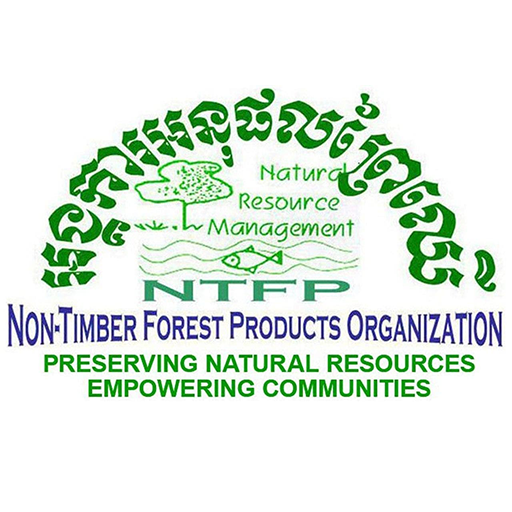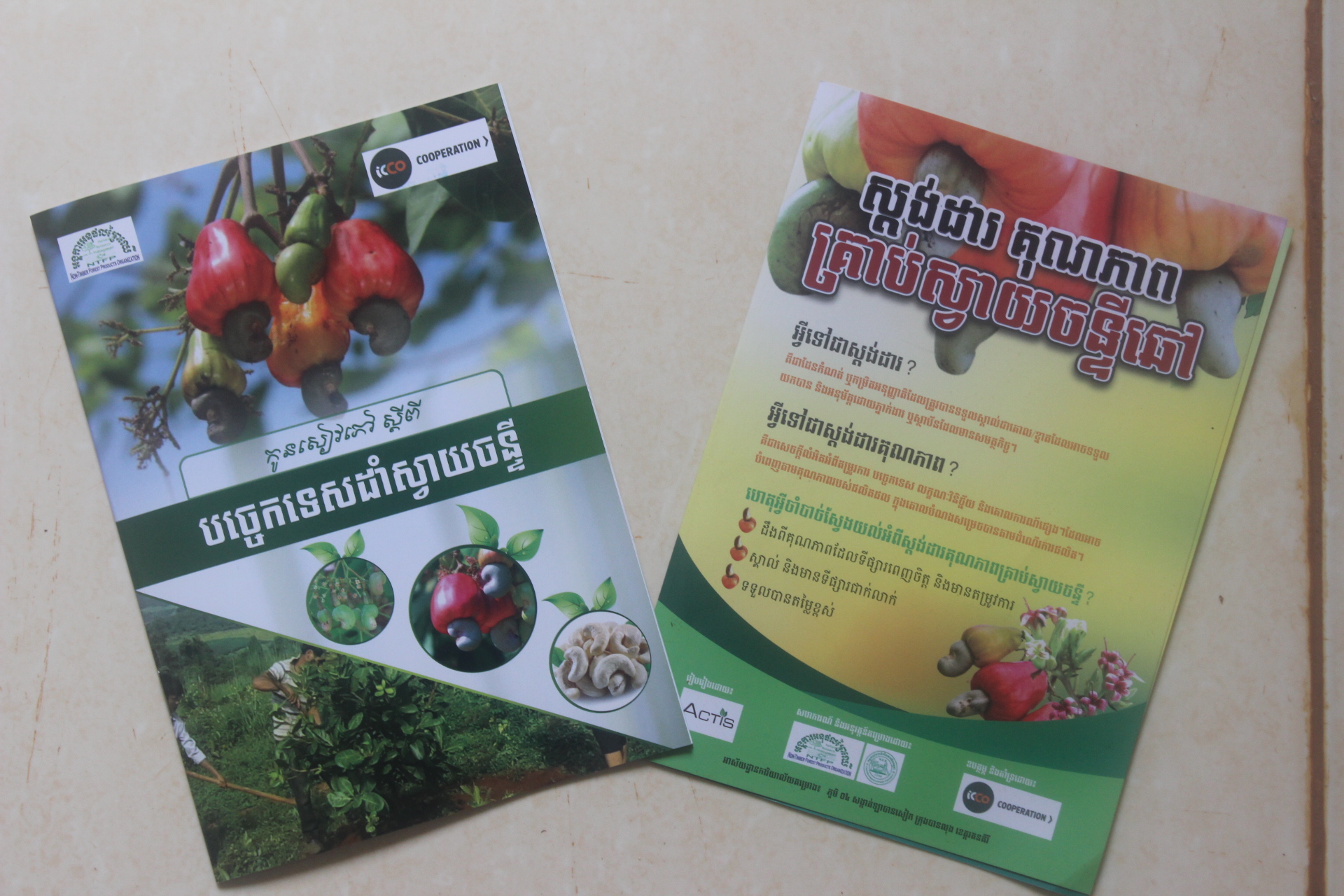1. BACKGROUND AND JUSTIFICATION
1.1 Contextual Analysis
Cambodia is a multi-ethnic society with a total population in 2009 of approximately 14,805,000. There are no definitive population figures for indigenous peoples, as national census are an imprecise gauge of it; the general consensus based on limited studies is that indigenous peoples number approximately 200,000 people, constituting 1.2 per cent of the Cambodian population2. Indigenous communities are scattered over 15 provinces of Cambodia. There are 24 groups of indigenous minorities in Cambodia, who are also called Khmer-Loeu (hill-tribes). Indigenous groups from south-western and north-eastern provinces of Cambodia have similar cultural practices. Their livelihoods are based on animal husbandry and rotational (shifting) cultivation.
Collection of non-timber forest products from the natural forest and weaving are the main sources of income. Indigenous peoples depend on forest products for their livelihoods, without destroying the land and forest that have been preserved by their ancestors. They have strong unity and respect for their customary law, practices and religion that bring blessings of good health and high-yielding crops.
70% of Cambodians are dependent on agriculture, but 60% of total arable land were occupied by 301 ELC, equal to 2,196,628 ha of land (Licadho, 2015). Base on Adhoc from 2000- 2013, total of 770,000 people (almost 6% of the total populations) or 6,488 families have been adversely affected by land grabbing from 2000 to 2013 (ADHOC). 22% of the country’s surface has been transferred to corporations through various kinds of land concessions, much of it in the uplands where indigenous territories are located provinces. 264,000 IPs of Cambodia are from the north-east regions where poverty incidences (53 % of population compared to 35 % at the national level. (Jeremy Ironside, ILO, 2006). Base on Cambodian land law 2001, the IP’s community land is allowed to use and manage land collectively, in order to support IP’s communities to use land legally, the government issued sub-decree No.001 to recognize the IP’s land registration. The process used to very slow but a bit accelerated in 2014. Up now, 101 of IP’s communities were legally received legal entity, however only 18 communities have their land registered with Ministry of Land. The Article 47- 48 of Cambodian Forestry Law grants rights for IPs to manage and use forest collectively. Many forestry sites were established and formally recognized by law, but the important stage which communities require to derive non-timber forest products (ntfps) to subsist their livelihood is needed the management plan. Country wide, around 50 community forestry sites received this ( FA Officer and Cambodian Representative of ASFN reported on 7th Dec 2015). Cambodia is the signatories of many UN Conventions including International Covenant on Economic, Social and Cultural Rights (ICESCR), ILO Convention 169, UNDRIP and CEDAW etc by recognizing IP’s rights to their land and resources. Cambodia has rapidly transformed its economy. The rapid growth of the national economy made huge changes for influential corporations to take advantage of the new opportunity in natural resources, through the various forms of ELCs, this caused rampant illegal logging at northeast provinces (researched in 2014-2015 by NGO Consortium, led by NGOF).
Please see PDF file

